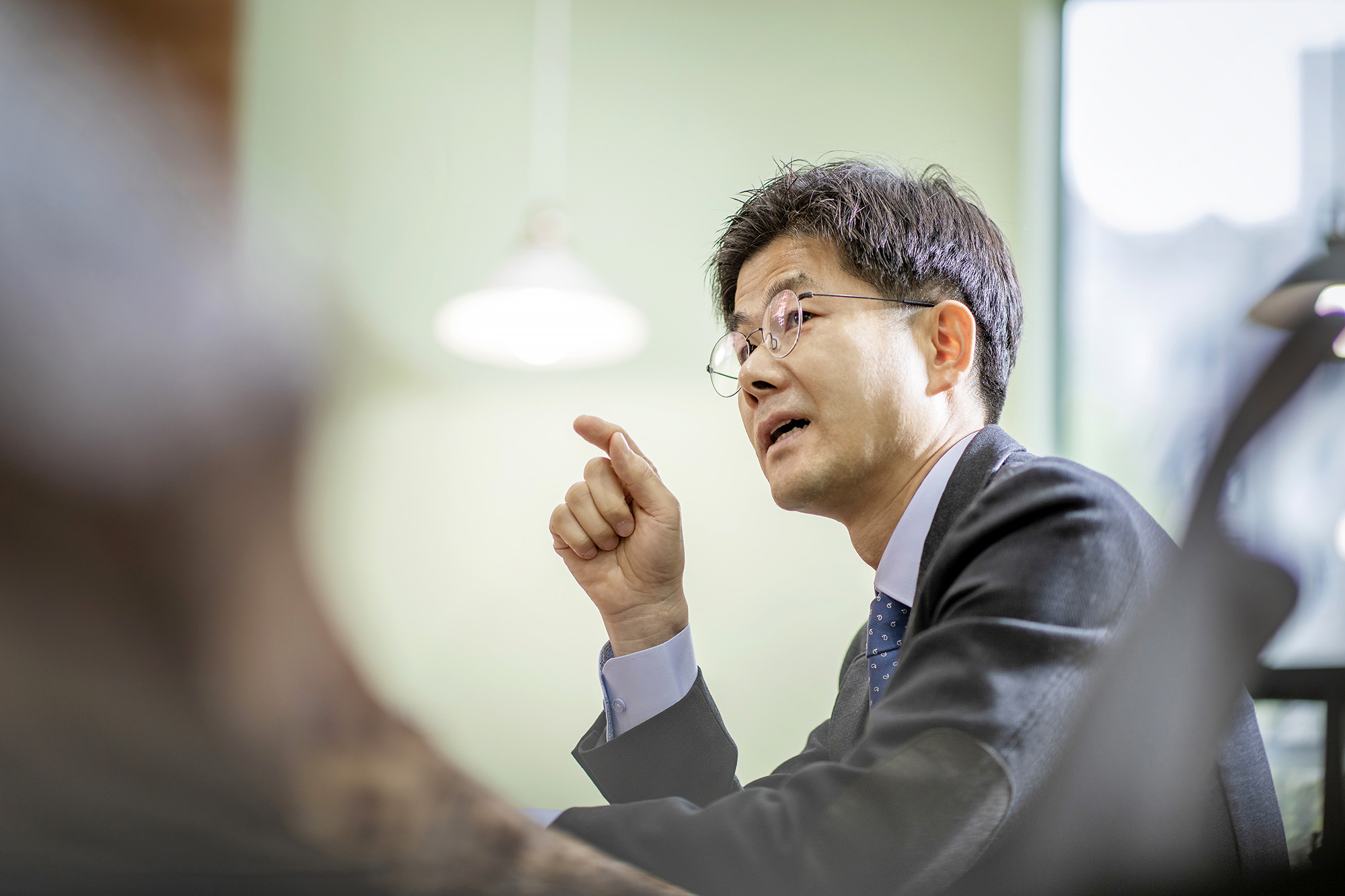- Perception of Myanmar in Korea, Refugees, and Challenges of Civil Disobedience Movement April 30, 2021
-
by Professor LEE Sang Kook, Department of Anthropology
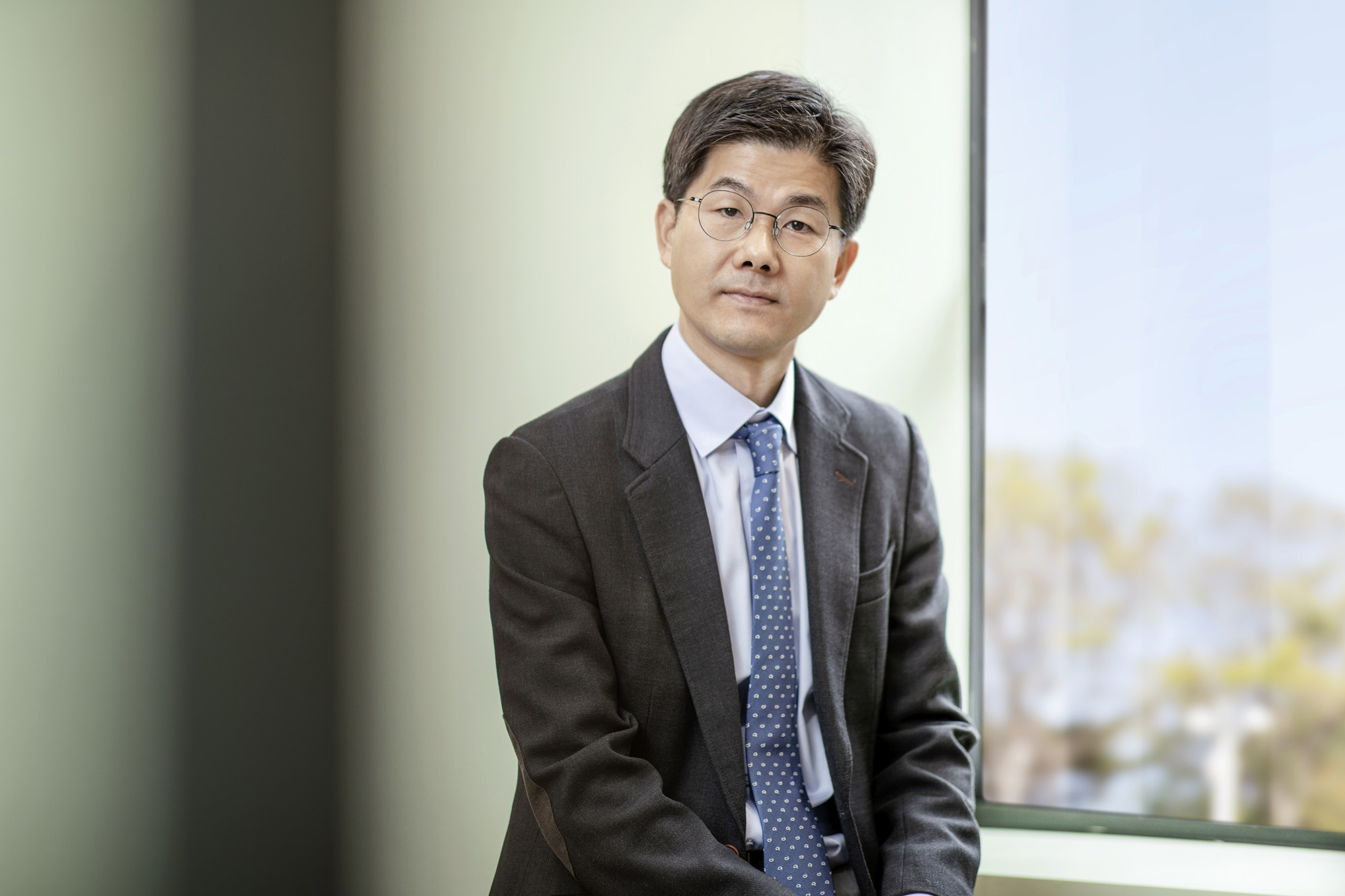
It is April when I walk while gazing at flowers blooming all over the campus, but my heart aches from the red flowers of azalea that remind of people who have lost their lives at young age. It is the same in Myanmar where flowers are so bright that they are sad. People in Myanmar are dying in a civil disobedience campaign against the coup that the military initiated on February 1, wearing yellow Padauk flower that blooms at the entrance of each town at this time of year in their hair. Up until now (mid-April), more than 700 people have been sacrificed, including children, making it even more painful. Those who have survived are being arrested or expelled and crossing the border as refugees. The Korean civil society is actively engaged in support and solidarity activities, claiming that it is not like others’ business by recalling the May 18 Democratic Uprising. As in many Asian countries, the trajectory of the two countries’ modern and contemporary history reveals that it is not different in kind.
Myanmar Expands the Boundaries of Korea
In August 1945, Korea and Myanmar, both of which were colonies, experienced the joy of victory in the World War II, and they both established governments in 1948. While experiencing trial and error of democracy, a military coup occurred in 1961 in South Korea and 1962 in Myanmar. In 1987, a massive civil protest took place in June against the military rule in Korea, while a civil protest of the so-called ‘8888’ (August 8, 1988) took place in Myanmar in 1988. However, this was the turning point. In South Korea, civilian protests were successful and the military intervention became a legacy of the past as procedural democracy was consolidated afterwards, but military rule continued in Myanmar without reaping the fruits of the protests.
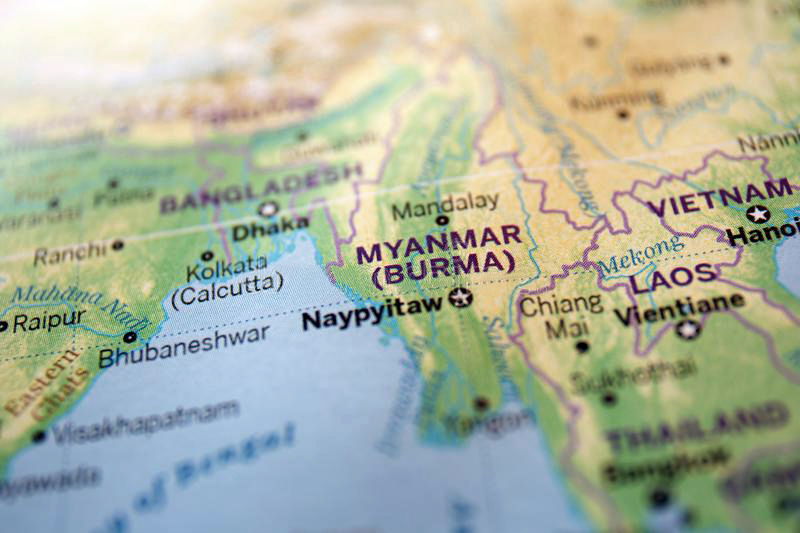
(Credit: https://www.dreamstime.com)
It was in the early 1990s when Burmese, suffering from oppression and poverty, began to enter Korea as workers. At that time, South Korea joined the United Nations in 1991 and acceded to the UNHCR’s Refugee Convention and Protocol in 1992, and accordingly, revised the Immigration Control Act and introduced a procedure for recognizing refugee status in 1994. Although such procedure was introduced, the status was not granted to any of the 96 refugee status applicants by 2000. The South Korean government operated the procedure as a mere formality. Only when meeting Burmese activists did South Korea start to operate the refugee status recognition process in earnest. In 2000, when Burmese activists were caught in the immigration authorities’ crackdown on illegal immigrants and were placed in a situation where they would not be able to protect their personal lives once they were repatriated to their home country, they collectively applied for refugee status with the help of Korean activists in an attempt to prevent the repatriation. It served as an opportunity for not only the South Korean government, but also civil society to renew the perception of refugees within the Korean society. Since then, the South Korean government’s refugee policy, which has been slow, gradually developed so as to improve the rights of refugees (applicants for status). The Korean civil society, which had been concentrated in the domestic democratization movement, also joined forces with Burmese activists and launched a universal human rights movement by actively embracing Asia. Myanmar was a stepping stone and a way for Koreans to move towards Asia and universality.
The refugee policy of the South Korean government took a step further by revising a separate refugee law for the first time in Asia in 2012. The law also stipulates the treatment of refugee status applicants, and above all, the implementation of the so-called ‘refugee resettlement’ system, which is known as a refugee policy by advanced countries. This system is a policy that literally resettles refugees abroad in South Korea. While searching for a targeted group, the South Korean government selected Karen refugees from Myanmar, who were living in refugee camps on the border between Thailand and Myanmar. Therefore, 22 resettled refugees entered Korea for the first time on December 23, 2015 through Incheon International Airport. As such, the South Korean government’s refugee policy has been operated in conjunction with political activists and ethnic minorities in Myanmar. A closer look at this interlocking link reminds us that two important issues are entangled in the refugee crisis in Myanmar and around the world. One is a question of democracy, and the other is a question of identity (ethnic/racial/religious). The Myanmar crisis reveals the difficulties and catastrophes of building a post-colonial nation-state. Such catastrophes turn humans into ‘naked’ refugees.
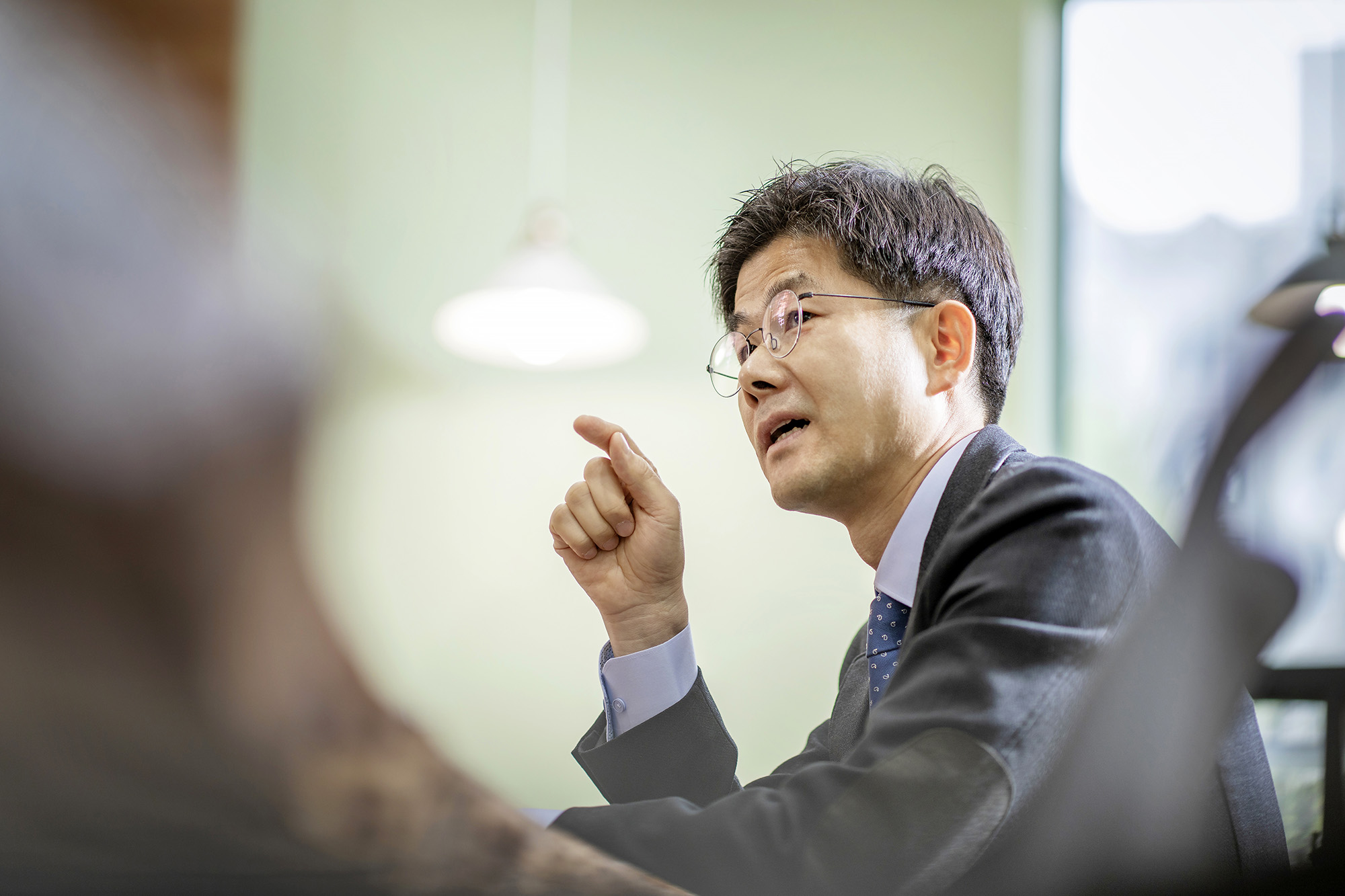
‘Naked’ Refugees and Nation-State
Until recently, we faced the Rohingya refugee crisis, which is a ‘naked’ refugee crisis in Myanmar. The Rohingya, Muslims who lived in the Bengal region, have migrated to Myanmar’s Rakhine State over the years in different sizes, and the British introduced the Rohingya on a large scale through the establishment of Burma as a colony in the 19th century. Even after Myanmar’s independence in 1948, the wave of migration continued, and mainstream Buddhists often acted collectively against the Rohingya who infringed on their territory and interests. Since 2015, the situation has grown out of control, and hundreds of thousands of Rohingya people, who felt threatened, have fled or wandered the seas as refugees to Bangladesh. In October 2016, the Burmese military stigmatized the Rohingya armed forces as potential terrorists and carried out a punitive operation to eradicate them, killing thousands of people. The international community was shocked by such incident. What made the international community even more stunned was that most of the people of Myanmar and even Aung San Suu Kyi, the head of the government at the time, aided or sympathized with the slaughter committed by the military. It manifests the exclusivity of building a nation-state based on identity politics and the absurdity of (pseudo) democracy.
The nation-state, established after the French Revolution in 1789, is based on the concept of human rights as a natural right, and modeled on the principle of equality and republication, which grants membership rights as citizens regardless of the origin of individuals, such as race or religion. However, this was inappropriate from the beginning. The human rights as a universality without borders and the union of the people as members with clear boundaries were contradictory. The concept of human rights, which was being developed in the 17th and 18th centuries, was intercepted by the nation-state after the 19th century. Moreover, as mainstream groups decided on qualifications of citizens according to their own standards and took the lead in the state, non-mainstream groups who could not fit into them resided for a long time while becoming disqualified humans. In Burmese-centered Myanmar, Rohingya people were such disqualified humans. Not only them, but also the Karen and Kachin, so-called nationally recognized minority ethnic groups, are living without fully qualified citizenship. Their separatist movement can be considered as a struggle for recognition.
Absurdity and Cruelty of Pseudo-Democracy
The disappointment of the international community with Aung San Suu Kyi was because she won the 1991 Nobel Peace Prize as an icon of democracy and human rights, and since then, her iron will had been a symbol of true humanity, so she was expected to see the Rohingya crisis from universal human rights perspective. It was hard to imagine that she would take sides with the military. It is the absurdity and cruelty of the (pseudo) democracy as mentioned earlier. Also, since this is related to the coup that took place on February 1, let’s look at the post-war situation. In the 2010s, Burmese military forces boldly take democratization measures. Democrats were released or lifted from house arrest, allowing them to freely engage in political activities, and elections were held again. In 2015, Aung San Suu Kyi’s National League for Democracy (NLD) finally formed a government with an overwhelming victory over the pro-military party. However, this victory had its limits. In accordance with the 2008 Constitution, which was enacted by the military, the military automatically occupied 25% of the seats and took charge of major ministries, such as the Ministry of Home Affairs. Since more than 75% of the seats must agree in order to revise the constitution, the military blocked the constitution from being revised at all.
Under such limitations, Aung San Suu Kyi took the lead in state affairs as head of state, leaving the President almost unrecognizable, such as by making and appointing herself to the position of national advisor and holding an additional role as a foreign minister, going beyond the constitution that a person married to a foreigner cannot become president. The only way she could control the military to retake the regime was the overwhelming support of people. The Rohingya crisis broke out in a competitive landscape in which the military and Aung San Suu Kyi tried to win the support of the people under (pseudo) democracy. The more intense the suppression against Rohingya was, the more support each could gain from the mainstream people. (Pseudo) Democracy has become a monster that swallows up the military, as well as Aung San Suu Kyi. Amidst this structure, both sides, who wanted to regain power, competed with each other again in November 2020 election. With 25% of the seats already secured, the military, which could regain power by securing 25% more seats, counted on this election, but it resulted in an overwhelming victory for the NLD. However, the military raised concerns about the possibility of manipulating the electoral list since the large number of members were absent due to COVID-19 before the election. Even if not, the military, who was dissatisfied with Aung San Suu Kyi’s arbitrary leadership and tried to find the cause of the coup, initiated a coup on February 1 for reasons that it was an illegal election after losing the election.
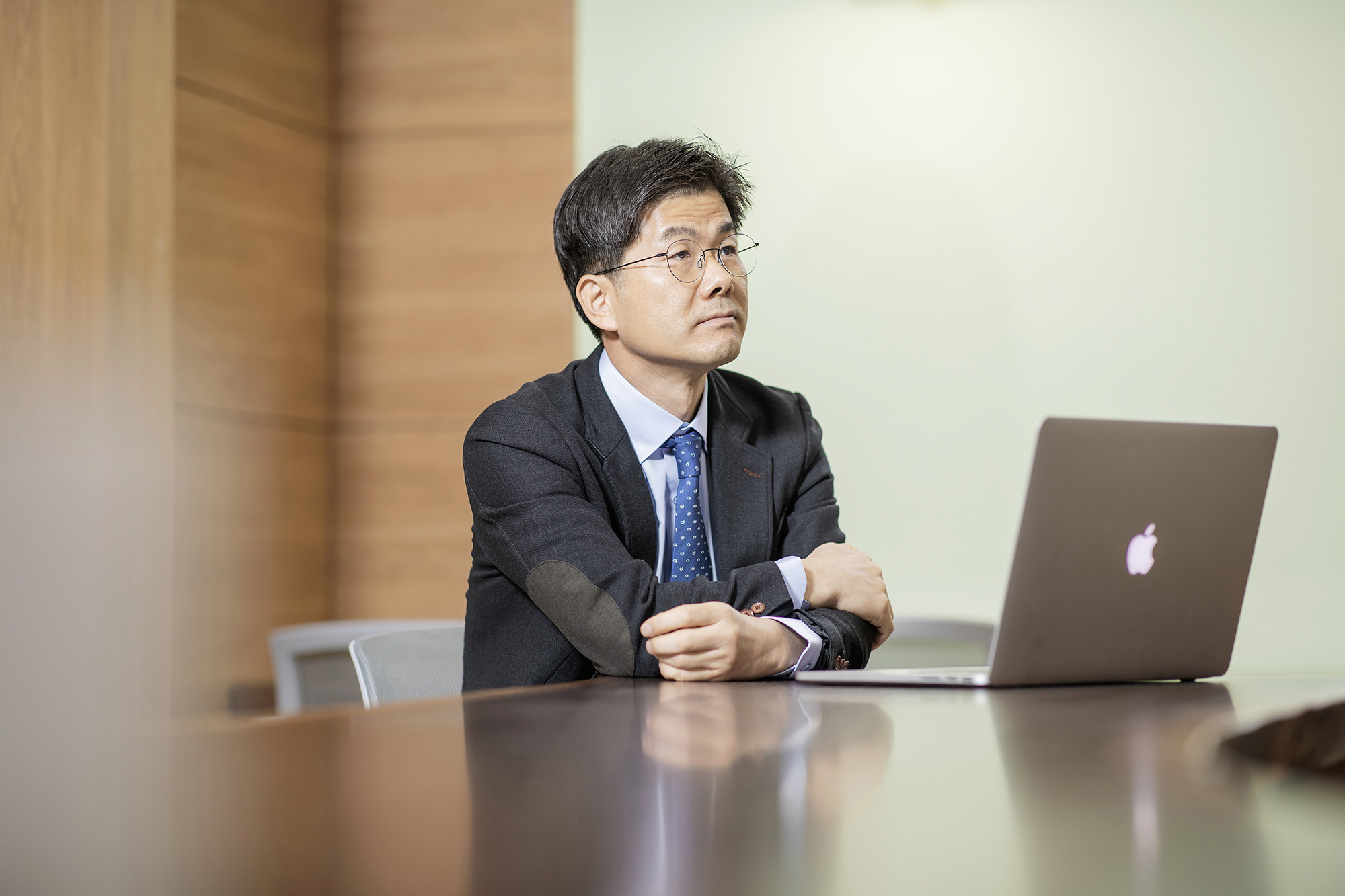
Solidarity and the Future of the Civil Disobedience Movement
The South Korean government has strongly criticized the military coup in Myanmar and imposed sanctions, such as ceasing exports of munitions. I think it is very encouraging since it seems that a people-centered New Southern Policy is not mere words. Korean civil society actively supports the civil disobedience movement through various means, including fundraising. I hope that the support and solidarity of the international community including South Korea will provide comfort and courage to the citizens of Myanmar. Also, it is my hope that the civil disobedience movement will not just stop at the level of protests by the rebels, but continue with reflection on the existing issues of ethnic minorities, such as the Rohingya crisis. There are increasing Burmese activists who are rethinking this issue. I hope that this reflection will spread and there will be more attempts to seek a place of coexistence and solidarity without easily falling into exclusive nationalism. Although it is difficult, it will pave the way to maintain humanity without being eaten by the Leviathan monster. It will also be the way to honor the sacrifices of Burmese youth who died at such a young age.
Lee Sang Kook, Professor in the Department of Anthropology at the College of Social Science of Yonsei University, is conducting research on the topics of refugees, borders, and Southeast Asia.
show mobile menu
mobile menu

